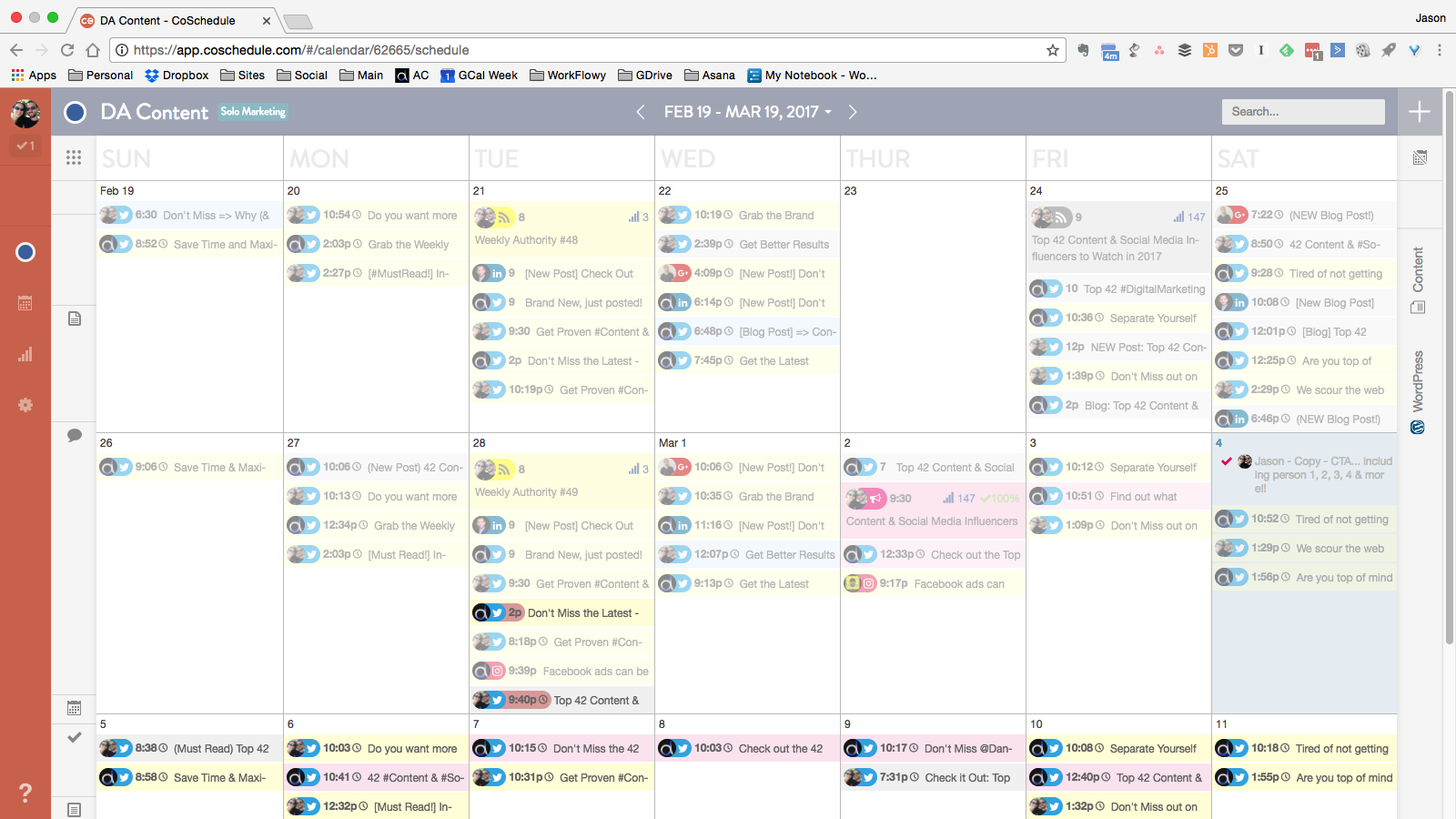How to Create an Effective Content Calendar

In the world of digital marketing, content is king. This modern adage is especially relevant in the competitive higher education space, where schools must create and distribute valuable content to attract and retain a clearly defined audience and drive prospective student action.
But how can college marketing teams plan program-specific and industry-relevant content that effectively engages potential students during the decision-making process?
Creating a content calendar might seem like a too-obvious answer, but as Occam’s Razor tells us, the simplest solution is almost always the right one. Content calendars are invaluable tools for us at MindMax, proving to be a worthy investment in time and resources.
Why Colleges Should Use a Content Calendar
A content calendar is useful for everything from initial organizing and planning to meeting critical deadlines. College marketing teams specifically can benefit from:
- Helping prospective students prepare to apply in a timely manner
- Establishing a publishing schedule
- Maintaining regular communication with stakeholders
- Visualizing content creation across departments
- Identifying gaps in outreach and troubleshooting as necessary
What to Include in a Content Calendar
One of the biggest advantages of a content calendar is that it establishes one centralized location to track upcoming digital marketing initiatives. Plan to include all methods of content, such as:
- Blogs
- Social media posts
- Emails
- Podcasts
- eBooks
Strategies for Effective Content Calendars
If your school is putting time and resources into a content calendar, it’s important for it to provide optimal value. In our experience advising many of the nation’s top universities, we’ve identified these strategies for creating effective content calendars:
- Focus on your goals. Marketing initiatives are only meaningful when they fit in the context of your institution’s goals. While developing the strategy for your content calendar, ask yourself how the content you’re including—the topics, the due dates, the platforms—supports overall goals like increasing enrollment.
- Choose the right tool. While it’s possible to use a spreadsheet for your content calendar, project management solutions like Teamwork or Asana offer more robust capabilities. Whichever tool you choose, make sure everyone on the team is committed to using it.
- Standardize processes. Who’s responsible for maintaining the content calendar? What are the workflows for creating and executing content? How often will the team review and analyze marketing data? Develop standard operating procedures to get all team members on the same page. We even suggest standardizing simple elements like naming conventions and document setup to streamline processes.
- Embrace flexibility. A content calendar is an excellent planning tool for marketing teams, but it should never be entirely static. Content plans may change depending on new priorities or opportunities, and what works this quarter won’t always continue indefinitely. Visibility into planned initiatives allows you to easily swap topics, due dates, and formats.
Curious what a content calendar actually looks like? Here are a couple great examples from Digital Authority and Conversion Minded:


If your school needs expert guidance creating a content marketing plan as part of a strategic demand generation strategy, MindMax is here to help. Contact us to learn how we can increase applicants and enrollments for your institution’s programs.
Related Ideas
Higher Education Marketing: 6 Ways to Prevent Email Fatigue

